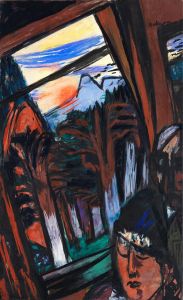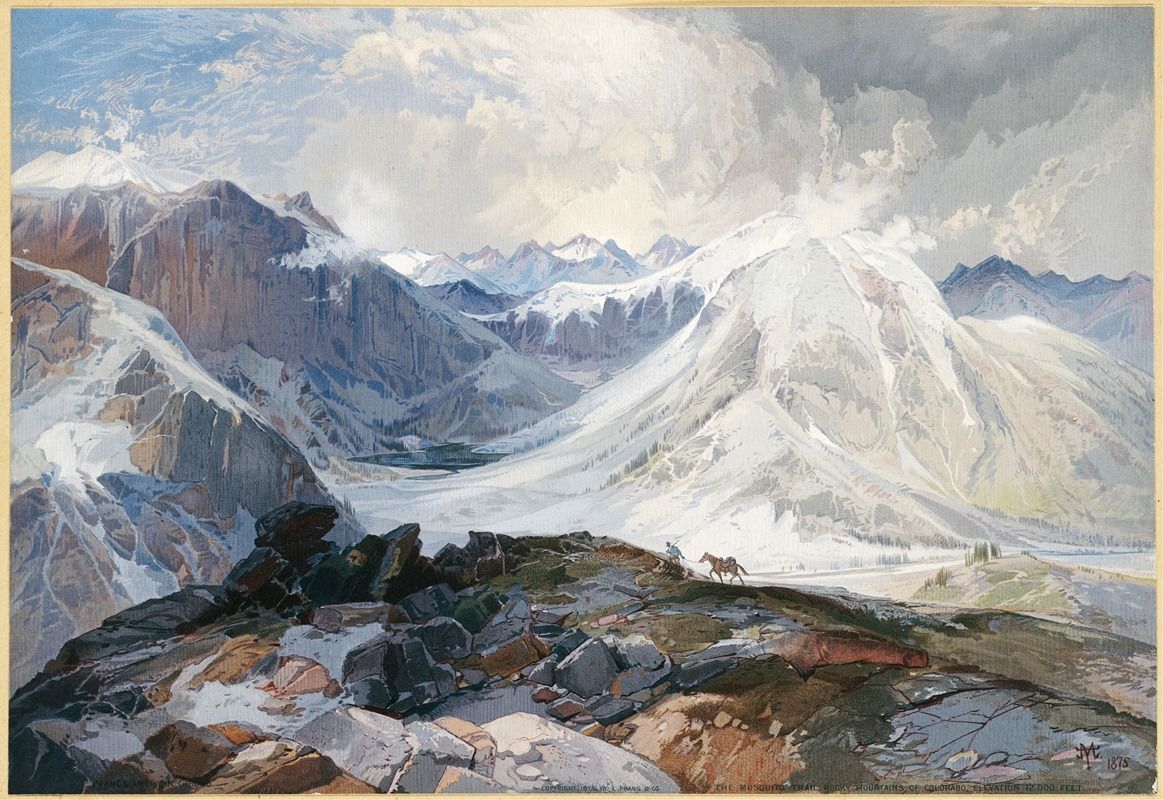
The Mosquito Trail, Rocky Mountains of Colorado, Elevation 12,000 Feet
A hand-painted replica of Thomas Moran’s masterpiece The Mosquito Trail, Rocky Mountains of Colorado, Elevation 12,000 Feet, meticulously crafted by professional artists to capture the true essence of the original. Each piece is created with museum-quality canvas and rare mineral pigments, carefully painted by experienced artists with delicate brushstrokes and rich, layered colors to perfectly recreate the texture of the original artwork. Unlike machine-printed reproductions, this hand-painted version brings the painting to life, infused with the artist’s emotions and skill in every stroke. Whether for personal collection or home decoration, it instantly elevates the artistic atmosphere of any space.
Thomas Moran's painting "The Mosquito Trail, Rocky Mountains of Colorado, Elevation 12,000 Feet" is a notable work that captures the grandeur and rugged beauty of the Rocky Mountains in Colorado. Thomas Moran (1837–1926) was an American painter and printmaker of the Hudson River School in New York whose work often featured the dramatic landscapes of the American West. He is best known for his depictions of the Yellowstone region, which played a significant role in the establishment of Yellowstone National Park.
"The Mosquito Trail" is one of Moran's many works that focus on the American West, a region that fascinated him and inspired much of his artistic output. The painting is believed to have been created in the late 19th century, a period when Moran was actively exploring and documenting the landscapes of the western United States. His works from this time are characterized by their vivid colors, attention to detail, and the ability to convey the vastness and majesty of the natural world.
The Mosquito Range is a high mountain range in the central part of the Rocky Mountains, located in central Colorado. It is known for its rugged terrain and high peaks, many of which exceed 13,000 feet in elevation. The Mosquito Trail itself is a historic route that traverses this challenging landscape, offering breathtaking views and a glimpse into the region's mining history. During the late 19th century, this area was a hub of mining activity, particularly for silver and gold, which attracted prospectors and adventurers from across the country.
Moran's painting captures the essence of this remote and dramatic landscape. The composition likely includes towering peaks, expansive skies, and the interplay of light and shadow that Moran was renowned for. His use of color and light would have been employed to evoke the atmosphere and mood of the high-altitude setting, emphasizing both its beauty and its harshness.
Moran's work was instrumental in shaping the perception of the American West during a time of rapid expansion and exploration. His paintings were not only appreciated for their aesthetic qualities but also for their role in promoting the conservation of these natural landscapes. By bringing the beauty of the West to the public's attention, Moran's art contributed to the burgeoning conservation movement of the late 19th and early 20th centuries.
While specific details about "The Mosquito Trail, Rocky Mountains of Colorado, Elevation 12,000 Feet" are limited, it is consistent with Moran's broader body of work that celebrates the American wilderness. His paintings remain significant for their artistic merit and their historical importance in the context of American art and environmental conservation. Today, Moran's works are held in high regard and can be found in major art museums and collections, where they continue to inspire and educate viewers about the natural beauty of the United States.





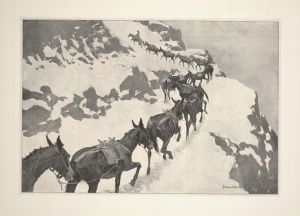
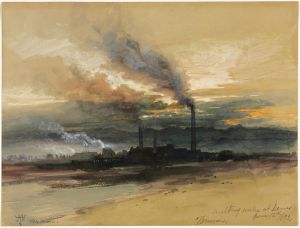

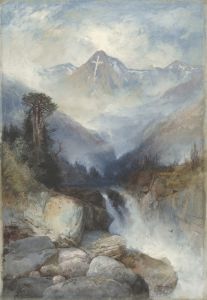
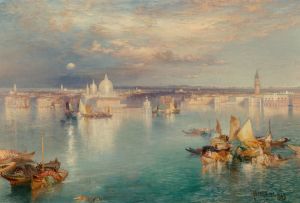
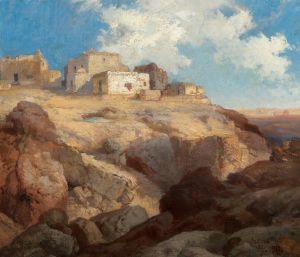
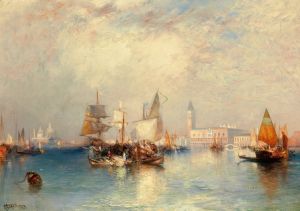

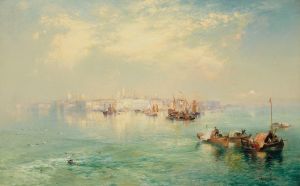
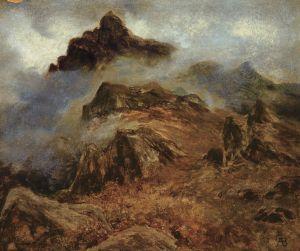
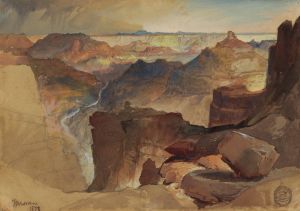
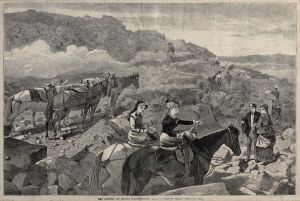
![Designs and photographs for alterations to St. James Bar Restaurant, W. 181st St. and Broadway, New York, NY.] [Sketch for exterior perspective elevation and plan](/imgs/249308/s/winold-reiss-designs-and-photographs-for-alterations-to-st-james-bar-restaurant-w-181st-st-and-broadway-new-york-ny-sketch-for-exterior-perspective-elevation-and-plan-56471d18.jpg)
